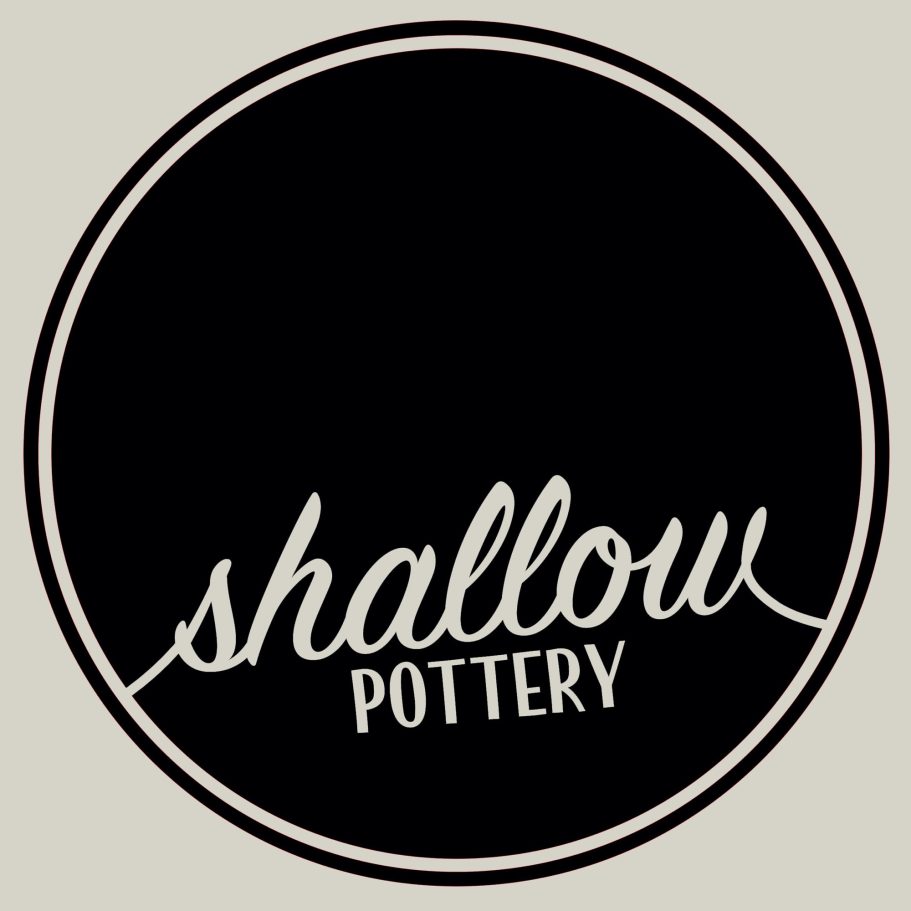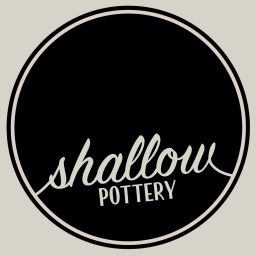ABOUT ME
I have been handbuilding with clay for a long time but moved away from the medium to begin my degree in Graphic Art and Design. After this I trained as an art teacher and I went back to working with clay when I began teaching in a secondary school.
With teaching art taking up so much of my time I forgot to be creative for myself so I set myself the challenge of learning to throw on the wheel. After a very steep learning curve, which anyone who has ever tried to centre a piece of clay on a wheel will know, many mistakes and lots of clay-ey mess I found my love of the material again.



THE MAKING PROCESS
I have a small studio at home, where I make functional stoneware pottery thrown on the wheel.
The ceramics process isn't a quick one and each piece goes through several stages and firings. First I cut the clay, weigh it out and then wedge it (a sort of kneading) to even out its consistency and remove air bubbles.
Then it's onto the wheel, the clay is centred and coned up and down to even the consistency further before I pull up the walls and shape the piece.
Having created the shape the piece is set aside to firm up and become leather hard. At this point it is put back onto the wheel to be turned, or refined. Any handles are also pulled and added at this stage.
THE FIRING PROCESS
The piece is then put aside to become bone dry before its first firing in my electric kiln. It takes approximately 12 hours of slowly increasing the heat to get to 1000 degrees celsius.
After the first firing the work needs to be glazed, I make my own glazes from raw materials and add a variety of oxides to create the different colours. I mostly make satin matte glazes as I like the buttery smooth finish and slight sheen it gives to the work.
After dipping the bisqueware in the glaze and leaving it to dry it needs to have its second firing. This time to cone 6 (1240 degrees celsius), this takes approximately 8 hours as we can go up a little faster.
After cooling the final step is to sand the bottoms of the pottery to make sure that there are no sharp edges, it is then ready to be use.


We need your consent to load the translations
We use a third-party service to translate the website content that may collect data about your activity. Please review the details in the privacy policy and accept the service to view the translations.




